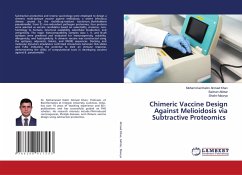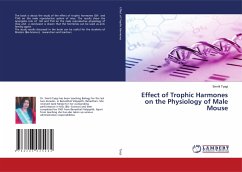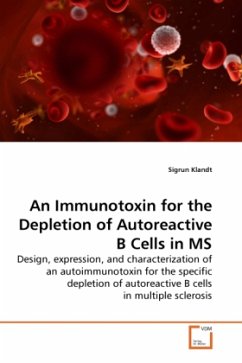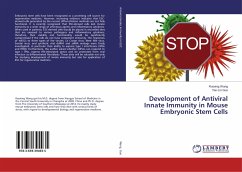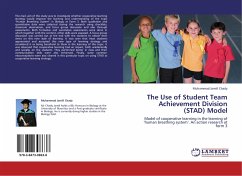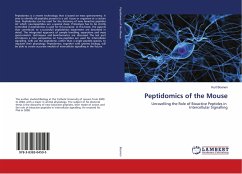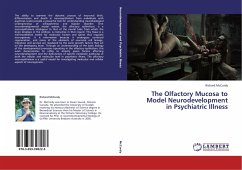
Kupffer Cell Depletion in the SCID-uPA Chimeric Mouse Model
Kupffer Cell Depletion
Versandkostenfrei!
Versandfertig in 6-10 Tagen
32,99 €
inkl. MwSt.

PAYBACK Punkte
16 °P sammeln!
The SCID/uPA mouse model is a valuable tool for the study of human hepatic diseases and functions. This model may also shed light on the nature, and solutions to, xenograft rejection. The variability in the level of human chimerism achieved in this model warrants further investigation and improvement.Macrophage depletion may improve chimerism in this model. We hypothesized that Kupffer Cell (KC) depletion would enhance chimerism. Our results uncovered the dose efficacy and toxicity of clodronate liposomes in both adult SCID mice and neonatal SCID/uPA mice.



